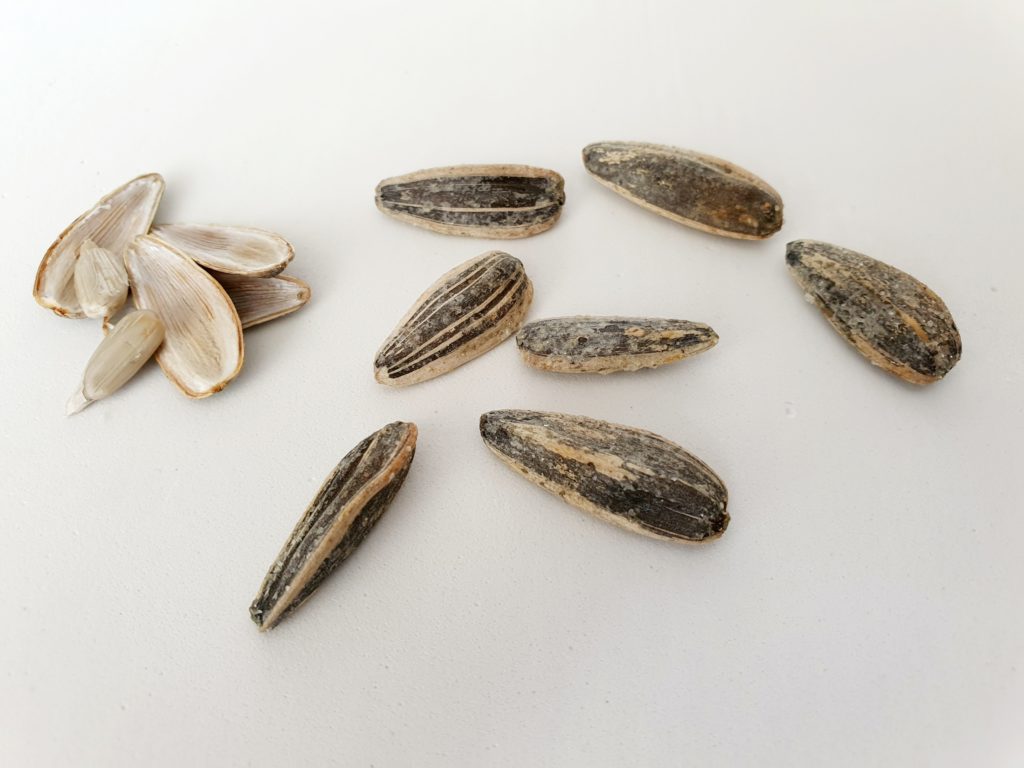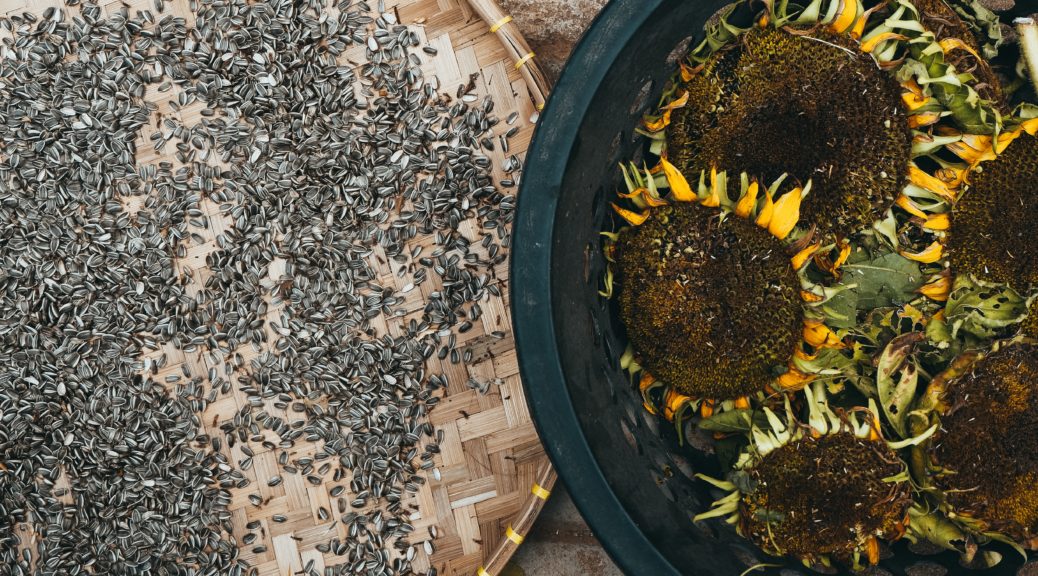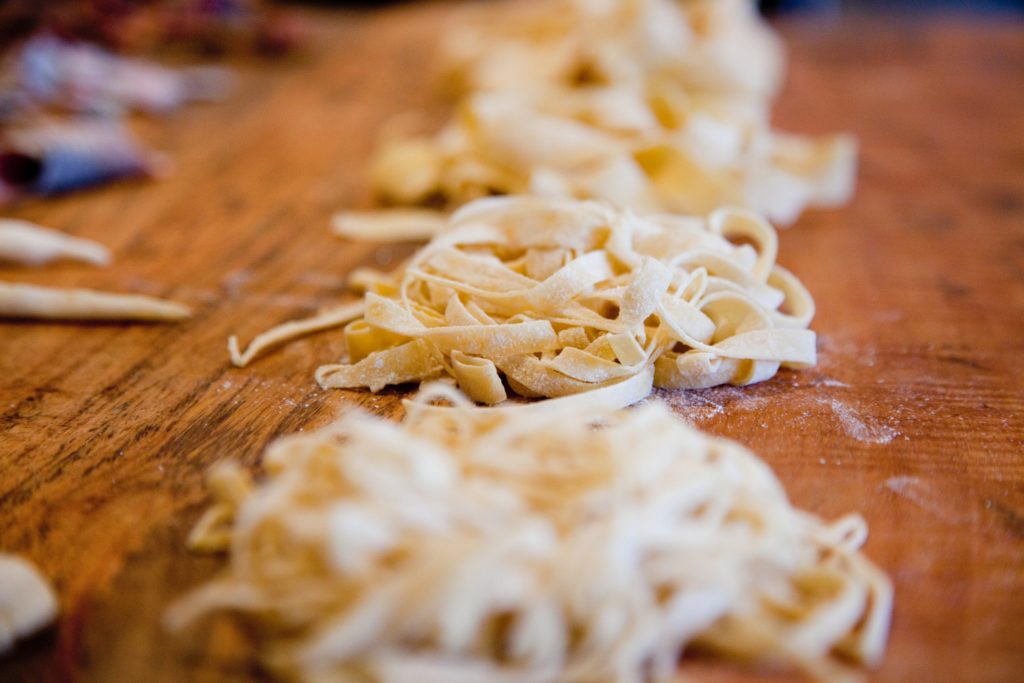By Qianhui Ni
Edited by Natalie Grace Sipula
“Among all the foods in the world, only sunflower seeds can meet the conditions conducive to killing time. People who can snack on sunflower seeds are great and active implementers of leisure.” — Zikai Feng (1934), Essays in Yuan Yuan Tang
If you ask me what my most satisfying online order was last month, without a doubt my answer would be sunflower seeds. I have been a big fan of snacking on sunflower seeds since childhood. However, I hadn’t had them for a while since I moved to LA for my graduate studies. Finding packaged shelled sunflower seeds was a big surprise for me since I had only seen people here in the United States eating unshelled seeds as sides or as an ingredient to season food. As you may expect, I excitedly purchased six bags of sunflower seeds in different flavors. My most enjoyable time of day soon became the half-hour after dinner when I got to lie on the sofa, watch TV shows, and snack on sunflower seeds.

Eating sunflower seeds is a fairly simple process–you place one seed between your upper and lower incisors with its tip facing inward. Then, simply squeeze it between your teeth, and you will be able to hear a crisp cracking sound, indicating that the shell is open and what’s between your teeth is the seed inside. This sound is quite relaxing for me because is it clear, crisp, and seems to come from the inside of my own head. I guess it is the reason why eating sunflower seeds is also called “cracking” sunflower seeds. In Chinese, the verb for this action is pronounced as “ke”, which sounds almost identical to the sound when the shell cracks. After you crack the seed open, you can throw away the shell and enjoy the seed. With enough practice, the experienced sunflower seed eater (like me) can complete the above steps in one second without the shell touching their tongue or getting their hands dirty.
After snacking on sunflower seeds for the whole week, I started wondering about the magic of these little seeds. Zikai Feng, the influential Chinese artist, summarized three advantages of eating sunflower seeds that make it the best activity for leisure and time killing. First, people never get tired of them because their flavor isn’t that strong. Imagine you are eating salty barbecue-flavored chips; you would get bored easily of the strong flavor after a while. Sunflower seeds taste like plant seeds with a very light smell. After being pan-fried, the bluntness caused by the soft textures disappears. The seeds become crispy and stiff with a light taste.

The second reason is that sunflower seeds cannot provide a sense of satiety. Even after eating the whole bag of them, you will not feel full. They are too small to be a staple food. I find it hard to stop eating them once I start since my stomach never sends my brain a signal of being full.
Continue reading The Magic of Sunflower Seeds







